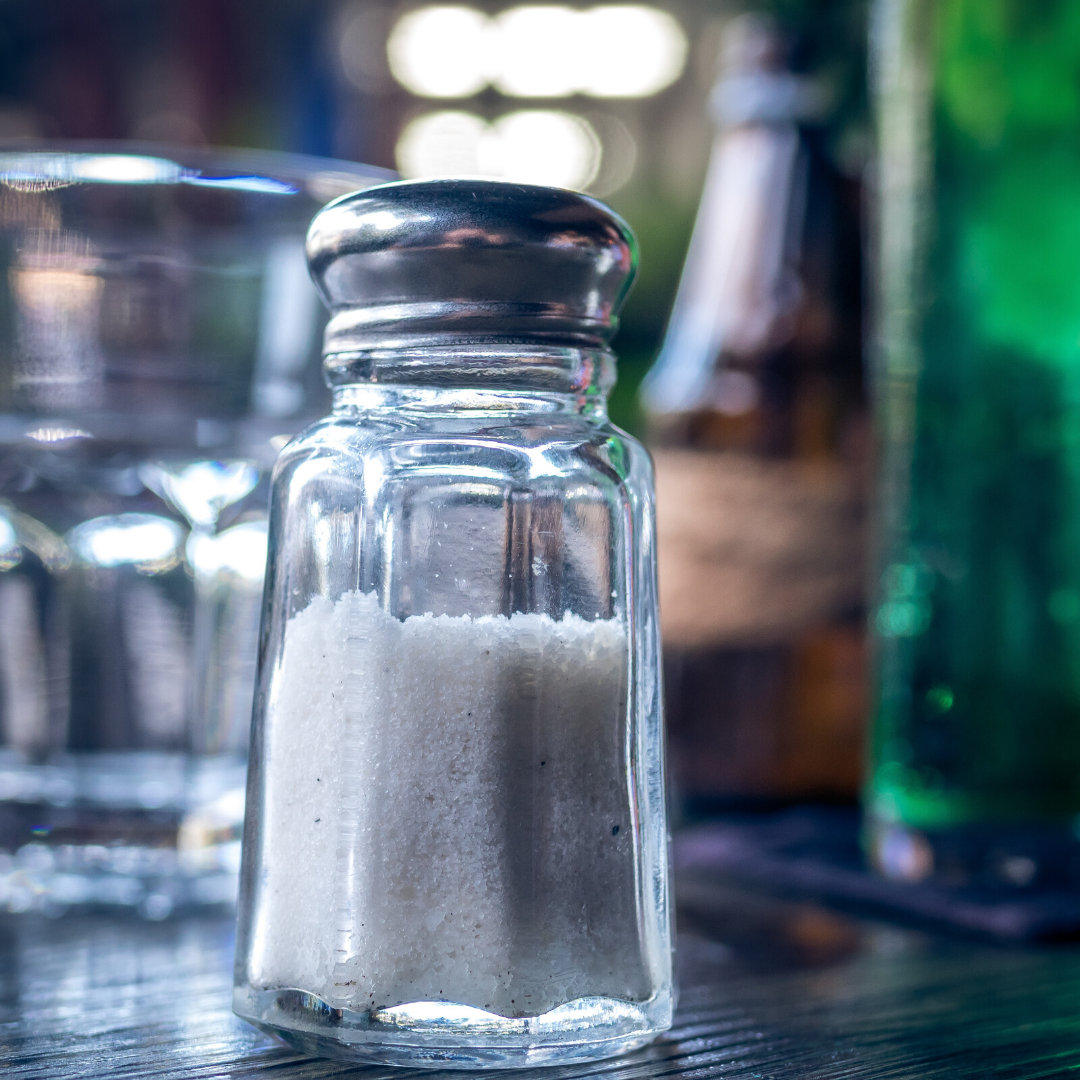According to the American Heart Association, the recommended daily intake (RDI) is 1,500 milligrams. However, on average, people consume 3,400 milligrams of salt daily. Why? Table salt is not the only source of sodium. Other sources of sodium include processed foods and restaurant meals.
What’s all the fuss about sodium anyway?
Overconsumption of sodium is a major risk factor for high blood pressure (hypertension). Too much sodium also poses the risk of kidney stones, heart disease, and stroke.
Sodium is essential to several body functions – so, you shouldn’t altogether avoid it. Just don’t take too much sodium. One way to not overconsume sodium is knowing its sources.
Below you’ll find some of the foods you do not realize have a high sodium content.
- Cheese
Cheese is a source of healthy fats, protein, and calcium. Overdoing cheese, however, will harm your blood pressure.
So, eat cheese with crackers, as a condiment to a glass of wine, or sprinkle it on your salad – but don’t do it every day.
- Salad dressing
Salad is healthy – but you might be undermining it through high-sodium content salad dressings. 2 tablespoons of low-fat ranch salad dressing have about 336 milligrams of sodium. The same amount of Italian dressing has about 267 milligrams of sodium. The point is, even before you get to the main course, you already have consumed hundreds of milligrams of sodium.
Solution: use oil or vinegar to dress your salad. These options have zero sodium content.
- Canned vegetables
Canned vegetables are convenient and cost-effective. However, canned means a preservative has been added. Preservatives have sodium.
If you can’t buy fresh veggies, buy the next best option – frozen vegetables.
- Cereal
Bad news, your favorite breakfast option has sodium. Yes, it does not taste salty. But like most processed foods, it has a high sodium content. And, taking it with milk, only adds the sodium content (dairy products naturally have sodium).
Removing cereal as a breakfast option is probably not practical. So, check the labels for cereal options with low-sodium content.
- Instant oatmeal
Oatmeal is a healthy breakfast option. But preparing oatmeal is quite time-consuming. That’s why most people go for instant oatmeal. However, if sodium is a concern to you, consider throwing away your packet. Some instant oatmeal packets have up to 200 milligrams of sodium per serving.
- Bread
Some types of bread have as much as 325mg of salt per slice. So, take just four slices, and you have already consumed more than 1,000mg of sodium in one meal. So, pay attention to the nutritional information on the label before buying.
- Soup
To most people, soup is healthy. How can’t it be healthy, yet it is what your grandma made you when you went down with a cold.
However, soups are laden with sodium. One bowl of soup can have sodium content as high as 950 milligrams.
So, when shopping soups, read the label and go for low-sodium options. Some soups have sodium content as low as 45 milligrams per serving.
Conclusion
The salt shaker is not the only source of sodium. Every time you are buying anything processed, you need to check the label for sodium content. Because it doesn’t taste salty doesn’t mean it doesn’t have sodium

